Spring 2013
8 Steps to a New Physician Compensation Plan
If you’ve completed a merger or acquisition recently, or you’re experiencing physician turnover, you should probably at least consider a new compensation plan. Here are eight steps that can help you create one:
1. Define the plan’s purpose. Brainstorm a list of possible goals, sorted into three groups: non-negotiable, very important and desirable but not indispensable.
2. Determine evidence needs. With the prioritized objectives in mind, determine what data is needed to understand their implications and ask, “What information do we need to reach each objective?”
3. Gather relevant evidence. Use internal and external data to help make decisions on compensation. Use the practice management system to generate data reports on payments, adjustments, charges, appointments, encounters and accounts receivable. Search libraries, the Web and industry sources for relevant reports, articles, commentary and webinars.
4. Translate the evidence. Use data gathered to identify key physician performance measures, describe common compensation system models, and establish benchmarks for what might be expected of the overall practice and its individual physicians. Have your CPA prepare examples, so each physician can see how the numbers work.
5. Define plausible alternatives. Focus on plan alternatives that are most applicable to the practice’s circumstances. Create a general framework for a plan that combines the best features of other models. Within the framework, consider using new approaches for quality measurement rather than only productivity models.
6. Present the plans to the physicians. The presentation should summarize the most relevant compensation models and their respective impacts on each physician’s compensation. It should also include a recommendation for the compensation plan that you believe is best tailored to the practice’s needs.
7. Let the physicians choose. The physicians must decide whether the recommended plan is acceptable. The body of evidence behind the plan and its preparation should make it difficult to reject, though minor adjustments may need to be made. The plan might be approved for a trial period.
8. Perform follow-up reviews and take a final vote. Track the effect of the operational plan on physician behavior and income for at least six months and up to a year. Tweak it further, as necessary. When an appropriate comfort level is reached, ask the physicians to vote on keeping the plan indefinitely. •
This material is generic in nature. Before relying on the material in any important matter, users should note date of publication and carefully evaluate its accuracy, currency, completeness, and relevance for their purposes, and should obtain any appropriate professional advice relevant to their particular circumstances.
Share Post:









